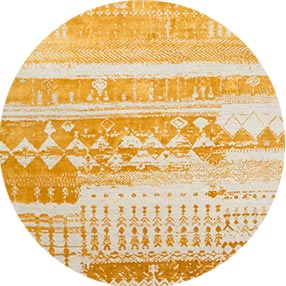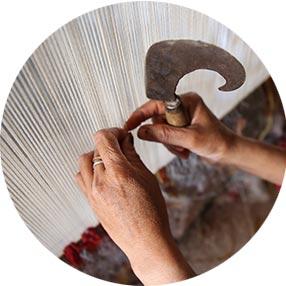High-Knotted
The Weaving Process
Hand-knotting found its way into Indian heritage from Persia, giving it its name, Persian Hand-knotting. Its uniqueness in art is through its style of printing, knot by knot and line by line, paying attention to each intricate detail. It’s a process taking a minimum of 2 months, up to almost a year, depending on the quality and size of the woven carpet.

The Rug



How to Identify?
Individual, often uneven knots are visible on the back of these rugs, mirroring the pattern visible on the front. A more intricate design will have a higher density of knots at the back, and the quality is measured in KPSI (Knots per square inch).

Pile Height
Low to Medium. Comfortable to walk on.

Durability & Intricacy
Product life of 30+ years. High design intricacy.

Weaving Technique
Yarn is knotted on warp thread. Extremely intricate, durable, and valuable.


![]()
Only downside is that Great durability, minimal shedding, Any high-traffic areas, for example the living room